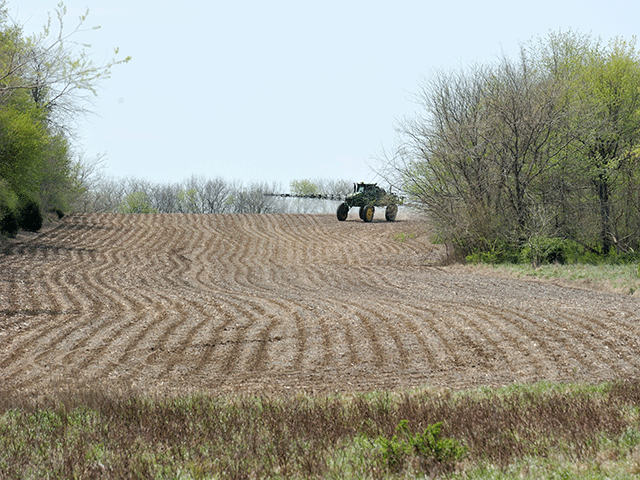Now the Real Game Begins
It's the End of Spring Training for Grains
USDA laid down a baseline for 2021-22 crop values on Wednesday, May 12, with its World Agricultural Supply and Demand Estimates (WASDE) report. They released their initial world and U.S. projections for the 2021-22 marketing year, which runs June 1 to May 31 for wheat, Aug. 1 to July 31 for cotton and Sept. 1 to Aug. 31 for corn and soybeans. The numbers will be updated monthly for 36 months following this initial release, and they can change quite a bit from here!
These are standardized to fit the U.S. production cycle and can require some fancy math to adjust data from other countries on different marketing years to give a representative snapshot for the world. The initial world estimates are needed to have any semblance of reality for U.S. export projections. Those, of course, can represent anywhere from 16% (corn) to 83% (cotton) of expected U.S. crop disappearance for the year.
Now that we have the numbers, where do we go? What insights can we draw from them?
P[L1] D[0x0] M[300x250] OOP[F] ADUNIT[] T[]
First, they are big believers in the old market axiom that "price makes an excellent fertilizer." Look at the projections for 2021-22 production versus last year. World wheat production is expected to be record large at 788.98 million metric tons (mmt). That's almost 29 billion bushels (bb). Brazil is expected to open up additional territory, with record soybean production of 144 mmt and record corn production of 118 mmt. Their corn production this year had been expected to be 109 mmt before the drought (USDA cut it to 102 mmt Wednesday). Thus, we're talking a 4.6% increase over the largest crop they ever intended.
Another trade axiom states "high prices cure high prices." They both provide incentive to produce more as discussed above, and incentive to use less (or use substitutes if available). There were very few hints of reduced consumption in Wednesday's tables. USDA did bump up projected U.S. wheat feed and residual use 70 million bushels (mb) from this year (170 mb versus 100 mb) because wheat is cheaper than old-crop corn. They have been increasing Chinese wheat feeding and sorghum feeding in the current marketing year (2021-22) but cut it back from 40 mmt to 35 mmt for next year while assuming expanded Chinese corn production (increased 7 mmt).
What we are not seeing in their forecasts is any rationing of consumption overall. Look at this table, which shows projected world domestic use forecasts for the current year and next year. All of them are increasing despite, in most cases, the highest prices in eight years or more.
| WASDE Projected World Domestic Use -- Total (mmt/million bales) | ||||
| Crop | Corn | Wheat | Soybean | Cotton |
| 2021-22 | 1181 | 788.68 | 380.78 | 121.48 |
| 2020-21 | 1149 | 780.87 | 369.33 | 117.41 |
| Increase | 32 | 7.81 | 11.45 | 4.07 |
| % Increase | 2.8% | 1.0% | 3.1% | 3.5% |
We conclude from this table: 1) World consumption does have an upward bias over time due to population growth; and 2) A post-COVID recovery is assumed to be in full effect, enhanced by all of the massive financial stimulus efforts created by the various governments.
I think we have to consider this the end of spring training (or preseason for football fans) and the start of the regular season. We know the schedule and we know who got the high draft picks -- what we will learn is how they perform. Will U.S. corn yield be 172 bushels per acre (bpa) or 182 bpa? Will those lofty world production numbers for next year be attainable or discouraged by lower prices at some point in the future? Will China continue to be a big importer or tire (as they have in the past) of being the one whose buying causes the market to go up? Will a conflict somewhere (Israel, Ukraine, Taiwan, elsewhere) disrupt the free flow of trade?
What we know is we currently have historically high commodity prices in nominal dollars, but they are still cheap compared to some other bull markets in inflation adjusted terms. You can hold out for higher prices but make a commitment to yourself not to let them get away. Draw a line in the sand that will cause a sale (or cashing out of a long) if crossed.
Alan Brugler may be reached at alanb@bruglermtg.com
(c) Copyright 2021 DTN, LLC. All rights reserved.




